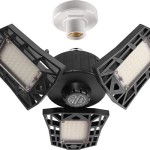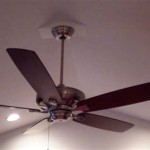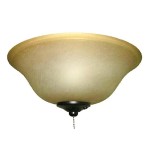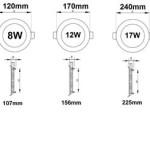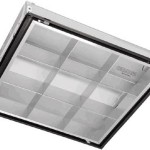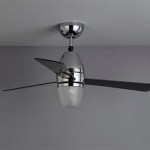Essential Aspects of False Ceilings with Lights
False ceilings with lights are a crucial aspect of interior design, offering both aesthetic and functional benefits. Understanding their essential features enables architects and designers to create spaces that are visually appealing, energy-efficient, and tailored to specific needs.
In this article, we will explore the key aspects to consider when designing false ceilings with lights. These include:
- Types of false ceilings - Lighting design - Materials and finishes - Acoustics and insulation - Cost and maintenance ### Types of False CeilingsFalse ceilings come in various types, each with its own advantages and applications. The most common types include:
-Gypsum board
ceilings: Lightweight and versatile, these ceilings are easy to install and can be shaped into complex designs. -Acoustic
ceilings: Designed to absorb sound, these ceilings reduce reverberation and create a more comfortable acoustic environment. -Metal
ceilings: Durable and fire-resistant, these ceilings are often used in commercial and industrial spaces. -Wooden
ceilings: Natural and aesthetically pleasing, these ceilings add warmth and character to a space. ### Lighting DesignThe lighting design of a false ceiling is crucial for creating the desired ambiance and functionality. Factors to consider include:
-Light source:
LED lights are energy-efficient and long-lasting, while halogen and incandescent lights provide a warmer glow. -Light distribution:
Indirect lighting reflects light off the ceiling, creating a soft and diffused atmosphere. Direct lighting focuses light downward, illuminating specific areas. -Lamps and fixtures:
The choice of lamps and fixtures affects the overall aesthetic and light output. ### Materials and FinishesThe materials and finishes used for false ceilings determine their durability, appearance, and maintenance requirements. Common materials include:
-Plaster of Paris
(POP): Smooth and seamless finish, but prone to cracking. -PVC
(polyvinyl chloride): Moisture-resistant and durable, available in various finishes. -Veneer
(wood cladding): Natural and elegant appearance, but requires regular maintenance. ### Acoustics and InsulationFalse ceilings can enhance the acoustics of a space by absorbing or reflecting sound waves. Acoustic tiles or insulation materials can be incorporated to reduce noise and improve speech intelligibility.
Insulation materials can also provide thermal insulation, reducing energy consumption and maintaining a comfortable temperature within the space.
### Cost and MaintenanceThe cost of a false ceiling with lights depends on factors such as the size of the area, the type of materials, and the complexity of the design. Regular maintenance is required to ensure proper functioning and aesthetics, including cleaning and replacing lamps or fixtures when necessary.
By carefully considering these essential aspects, architects and designers can create false ceilings with lights that meet the specific requirements of their projects, enhancing both the functionality and aesthetics of the space.

3 Best False Ceiling Lights You Can Use To Create Better Ambience

Do S And Don Ts Of Using False Ceiling Venkatesh Buildcon Pvt Ltd

9 Types Of False Ceiling Light Designs To Glam Up Your Home

Unique False Ceiling Light Ideas To Brighten Your Bedroom

3 Best False Ceiling Lights You Can Use To Create Better Ambience

False Ceiling Light Types For Your Home Design Cafe

False Ceiling Specialist Direct Contractor For All Types Of

Top 3 Ideas To Light Up Your Ceiling Saint Gobain Gyproc

Ceiling Light Design Ideas For Your House

10 Best False Ceiling Light Designs For Home Designcafe
Related Posts

